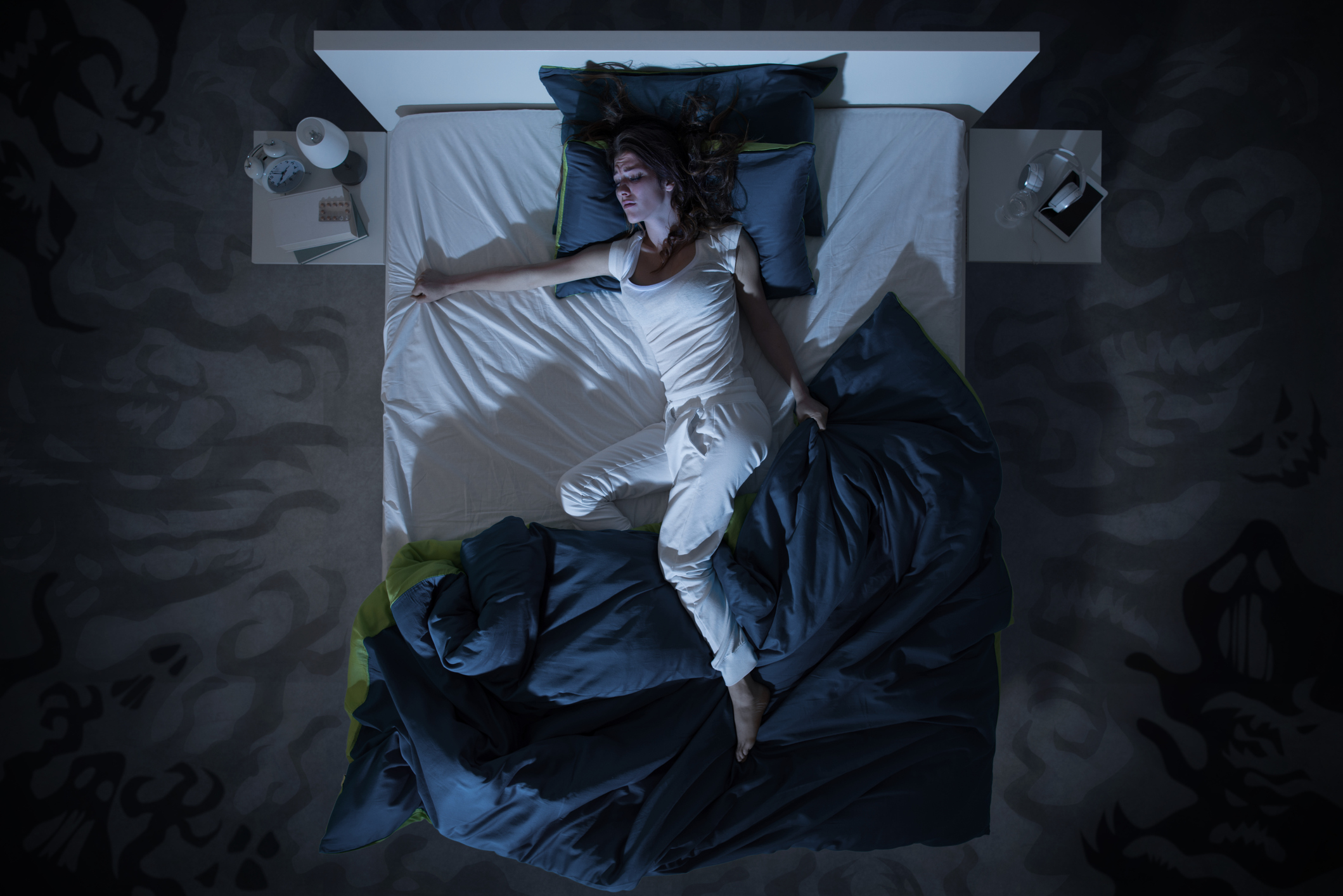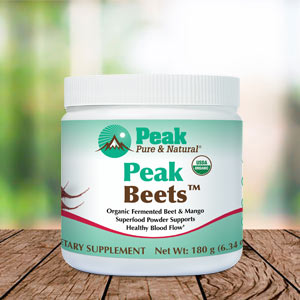Get Easy Health Digest™ in your inbox and don’t miss a thing when you subscribe today. Plus, get the free bonus report, Mother Nature’s Tips, Tricks and Remedies for Cholesterol, Blood Pressure & Blood Sugar as my way of saying welcome to the community!
The concern about high blood pressure and nighttime hot flashes

With all of the symptoms that women can experience during menopause, hot flashes just might be the worst, as well as the most common.
In fact, a whopping 80 percent of women will suffer from these personal summers, night sweats or both at some point. And while doctors used to believe that the length of your sentence would only be two to three years, they now know that these symptoms are more likely to linger anywhere from seven years to a full decade.
Even worse, hot flashes are associated with other health dangers, including a rise in systolic blood pressure (the top number in your reading).
So what can you do if it seems like the time you spend sweating through the night will never end?
Well, if you feel awful enough and are just sick of the heat waves that keep you awake, you might be considering hormone replacement therapy.
But before you make your decision, you should know that these hormones can come with big risks. According to the Mayo Clinic, the largest clinical trial to date found that hormone therapy combining estrogen and progestin resulted in a higher chance of serious conditions, including:
- Heart disease
- Stroke
- Blood clots
- Breast cancer
So is there any help that doesn’t come with danger?
According to a study presented during The North American Menopause Society (NAMS) Annual Meeting, defeating nighttime hot flashes could be as simple as spending more time on your feet.
The heart/hot flash connection
Did you catch that earlier about hot flashes going hand-in-hand with higher systolic blood pressure?
Well, previous research has also linked a greater number and severity of hot flashes to increased risk for cardiovascular disease.
It just seems like the health of a woman’s heart and her hot flashes are permanently linked.
But there’s another important factor that plays into your heart disease risk as you age…
Too much sitting.
That’s because sedentary behavior, which is often more prevalent as women age, is also related to greater heart risks.
These links are what got that research for NAMS started and the scientists wondering whether if both hot flashes and a sedentary lifestyle can up your heart risk, what effect could they have on each other.
So what did they find?
The results showed that sedentary behavior does, in fact, predict nighttime hot flashes, independently of time spent participating in moderate-to-vigorous activity.
In other words, even if you put in time on the treadmill or at the gym, if you still spend too much time sitting, your hot flashes will be much worse.
So like the chicken and the egg with the question of which came first…
We can clearly connect a sedentary lifestyle, hot flashes and heart disease risk during menopause all in a neat row.
Relief from night sweats
This means that the first thing you can do to stop the misery of nighttime sweating (and protect your heart) is to get up and get moving as often as possible.
The less time spent sitting, the better.
One study even found that limiting your sedentary time to less than 4 ½ hours per day can cut your heart failure risk in half.
Another found that if women ate more of a specific vegetable, they could get back the heart protection menopause steals.
Next, tackle those hot flashes head one with:
- Hops – The flowers of the hops plant have been found to be an effective, natural approach for dealing with problematic menopausal symptoms.
- Whole soy – One study demonstrated that a plant-based diet rich in whole soy can dramatically cut the number of hot flashes experienced by menopausal women.
- Black cohosh – A member of the buttercup family, black cohosh is one of the most studied supplements for helping women suffering from hot flashes.
Less time on the couch plus the supplements above could be your key to ending your nightly summers.
Editor’s note: Have you heard of EDTA chelation therapy? It was developed originally to remove lead and other contaminants, including heavy metals, from the body. Its uses now run the gamut from varicose veins to circulation. Click here to discover Chelation: Natural Miracle for Protecting Your Heart and Enhancing Your Health!
Sources:
A sedentary lifestyle can lead to more nighttime hot flashes — EurekAlert!
Hormone therapy: Is it right for you? — Mayo Clinic
Menopause study finds four different patterns of hot flashes — CBS News














